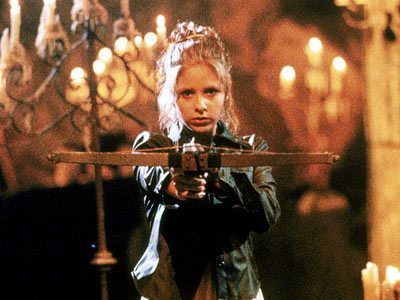A big part of Rolemaster’s color is the gruesome flair of the critical charts – shattered bones, sundered organs, arrows through both ears, 5 HP/round flesh wounds. To match that, the system has an exceptionally detailed set of spell lists for healing these injuries and putting characters back into play. Eyes destroyed by a Krush crit? “Major Eye Repair” will fix it at 11th level. Third degree burns? Frost/Burn Relief III is on an Open Channeling list, and it’s the same list any channeler should have for healing basic hit point damage.
Character Law also includes extensive, fairly straightforward guidelines for recovery from injuries. Is it Light, Medium, or Severe? Roll for recovery time, and once the injuries have been healed, that’s how long you need to recuperate. Healing spells and herbs often include information on how long it takes to recover after they’ve been applied.
There’s a missing step though, one that escaped my notice for four decades. Using the example from the books, Onree in his unsound tower that collapses will need 33.5 days of recovery time “assuming he is healed.” But what if he isn’t healed? What if he didn’t die in the collapse, but managed to drag himself out with his injuries, and there’s no one to set bones, splint limbs, etc.? His body will heal, but does that 33.5 days still apply? What state will he be in, with unset limbs and a severe head wound that went untended?
All of the recovery guidelines for time and permanent effects implicitly, and in some places explicitly, depend on medical attention of some sort, whether it’s first aid, spells from a magical healer, herbs, or a nonmagical medic’s help. There is no information to guide a GM in the absence of these.
In my own campaign, this came up with a fire crit that says the victim’s leg suffered “massive tissue damage, limb is useless” and the victim is at -80. The victim is the cleric, who doesn’t happen to have Concussions Ways high enough to throw Burn Relief III. They’re fugitives from the law, in a wilderness. What is her fate, without spells or other healing? How long does the party have, before her leg fixes itself but with lasting nerve and mobility damage? Assuming she’s healed, she’s rolled 10 days of recovery time, and rolled high enough to avoid permanent damage.
I’m now seeing the greater arc of “healing” as “treatment” and “recovery.” The guidelines given in Character Law assume treatment, and go straight to recovery. I’ve got to figure out the specifics for the burned cleric, but I never make specific calls on something when it looks like this big of a gap. I’m not medically trained (except for years of looking up the real-world implications of Rolemaster crits!) so these may be naive. But I’ve aimed for quick, easy, and consistent with the existing rules.
First, double the recovery time rolled on the “Healing Recovery Chart.” Healing with no treatment is going to be slower. Second, assume there’s going to be some permanent damage, as the body knits back together in a less than optimal way. A bone may not be straight, an organ may be permanently damaged.
Each day that passes brings a bit of healing, but also a bit of permanent damage. I’m going to divide half of the starting penalty by the duration. Each day, that much of the penalty goes away, but the same amount becomes permanent. Proper treatment partway through the recovery period removes all penalty except for the permanent penalty accrued so far. (Following the existing rules, round the daily increment down and apply any necessary extra recovery to the first day. I would apply that extra increment of the permanent penalty to the last day, so the character has the greatest chance to avoid it.)
For the burned cleric, the 80 penalty points will diminish over 20 days by 2 points per day, and the permanent penalty will increase from 0 by 2 points per day. At the end of the 20 days, the 80 has dropped to 40, and that matches the permanent penalty. If she gets treated 3 days in, she’s going to have a permanent -6. Treatment after 12 days, she’ll have a permanent -24.
This would be my starting point. The penalty could be changed to apply to specific actions only, or left general. Other events could mitigate or exacerbate the recovery and penalties. “Permanent” can also be reduced to long-term. In my world, a lay healer couldn’t fix a bad injury that healed untreated, but a Channeling healer could transfer the badly healed damage to their own body, which would then heal.
What do you think? Too complex? Too simple? Too severe?





